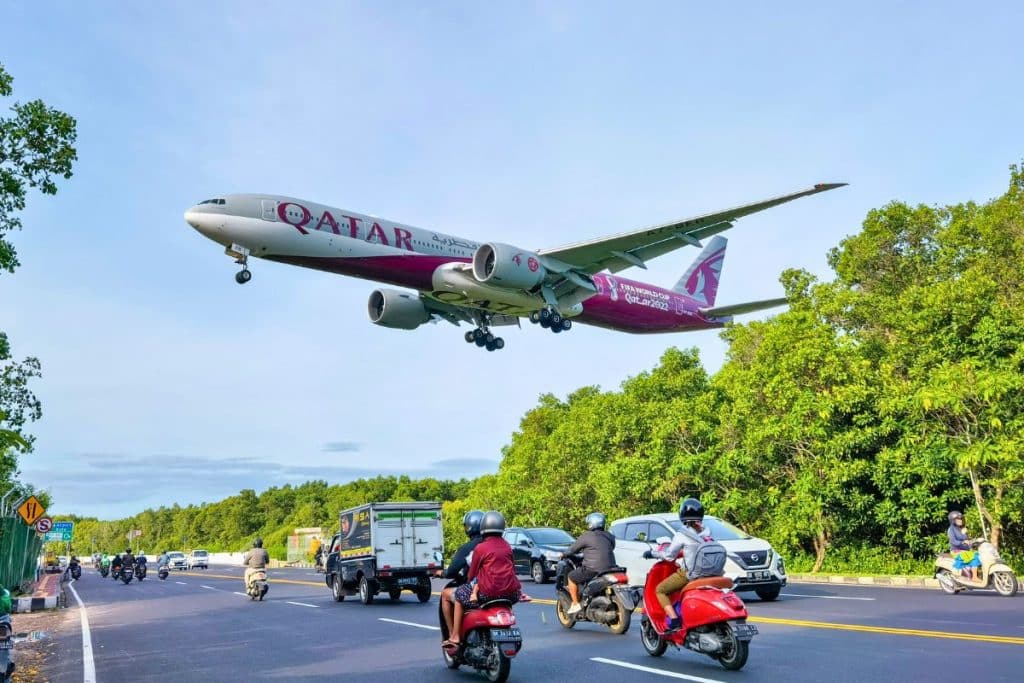In Denpasar, Udayana University academic, Wayan Suardana suggests that Bali is not entirely facing an over-tourism issue, as tourist distribution is mainly concentrated in the island’s southern region.
“Bali hasn’t reached over-tourism status, but there’s a need to improve connectivity between the southern part of Bali and other regions,” Suardana stated.
The Dean of the Unud Faculty of Tourism pointed out that tourism is bustling in specific areas of southern Bali, such as Denpasar, Badung, and Gianyar Regencies, while other regions like Karangasem, Buleleng, and Jembrana remain less visited.
Suardana argues that the concept of over-tourism doesn’t fully apply to Bali as a whole due to this uneven distribution. He believes that developing infrastructure, such as roads to enhance access, is vital for promoting equitable tourism growth. Post-COVID-19, there’s an opportunity for Bali to focus on attracting quality tourism.
“Bali needs to shift its focus towards quality tourism, considering factors such as indicators, location, and pricing,” he added.
To support this initiative, the Bali Provincial Government plans to implement a fee of IDR 150,000 per foreign tourist starting February 14. This fee, based on Law Number 15 of 2023 and Regional Regulation Number 6 of 2023, aims to preserve Bali’s cultural and natural heritage, improve service quality, and manage cultural tourism.
Data from Gusti Ngurah Rai International Airport shows that in 2023, Bali welcomed approximately 5.3 million foreign tourists by air, nearing 88% of the 2019 figure of 6.3 million, with an average daily visitation of around 15,000 foreign tourists.
Bali Plans To Attract Record-Breaking Number Of Visitors In 2024
Despite all the concerns, Bali government already expressed its goal of attracting a record number of 7 million tourists in 2024.
The island plans to balance this ambitious goal by implementing strategies to manage the influx and distribute visitors more evenly across different regions, aiming to mitigate the impact on popular areas.
The initiative includes promoting lesser-known destinations within Bali to alleviate pressure on hotspots and ensure a sustainable tourism model.



